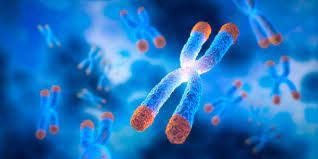
Introduction Satellite DNA refers to repetitive, non-coding DNA sequences that form distinct “satellite bands” when genomic DNA is separated by density-gradient ultracentrifugation. First described by Yasmineo and colleagues (1960s) when Read More …
Simplifying Allied Health Learning.

Introduction Satellite DNA refers to repetitive, non-coding DNA sequences that form distinct “satellite bands” when genomic DNA is separated by density-gradient ultracentrifugation. First described by Yasmineo and colleagues (1960s) when Read More …
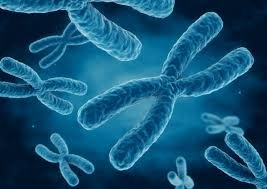
Introduction Chromosomes are thread-like structures present inside the nucleus of every living cell. They are made up of DNA (deoxyribonucleic acid) and proteins, mainly histones, which help in packaging the Read More …
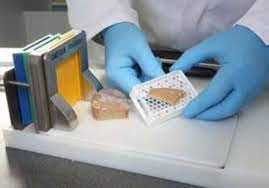
Introduction The preparation of tissue sections is an essential step in histopathology. Different techniques are used depending on whether we want to study gross tissue architecture, cellular details, cytology, enzyme Read More …
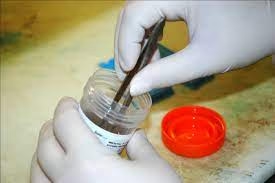
Introduction Histopathology = study of tissues under the microscope to detect disease.Cytopathology = study of cells under the microscope for diagnosis. Both play a crucial role in disease detection, cancer Read More …
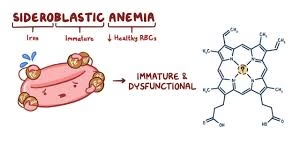
Introduction Anaemia is a condition where the blood does not have enough healthy red blood cells or enough haemoglobin to carry oxygen. There are many types of anaemia, and each Read More …